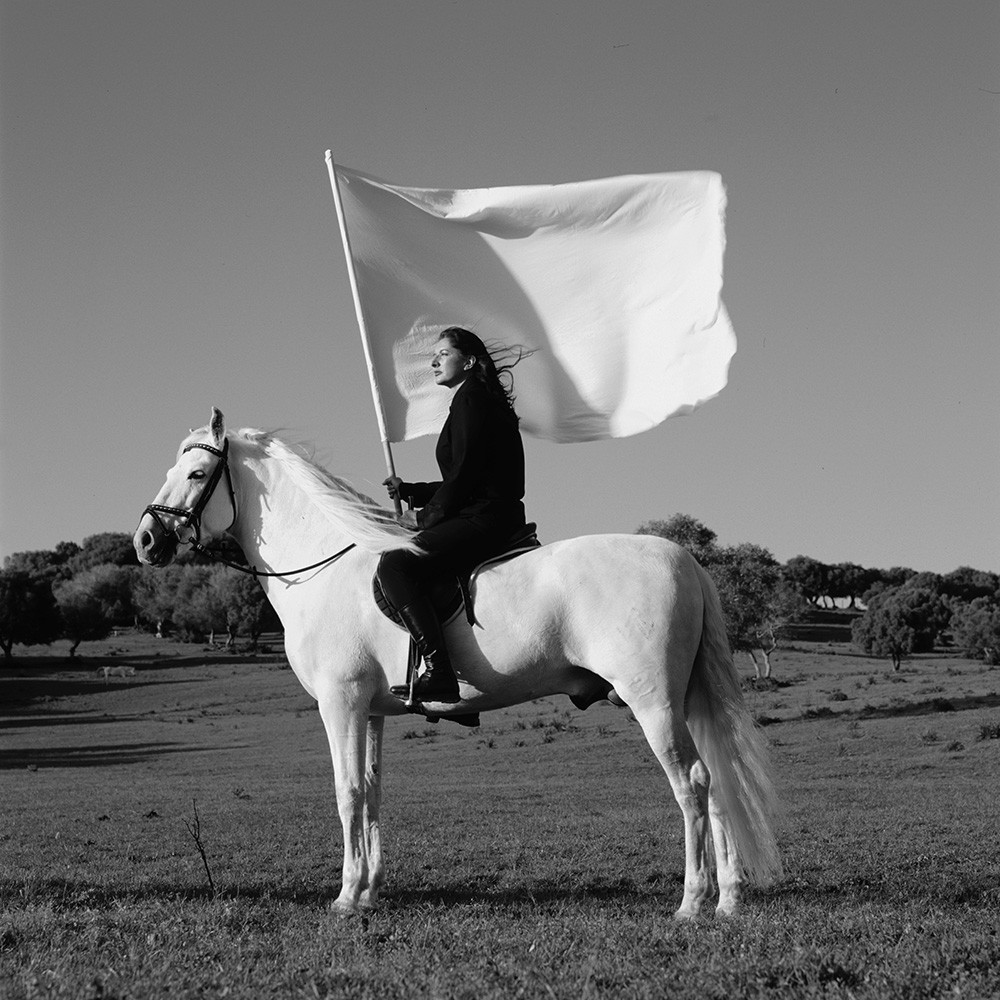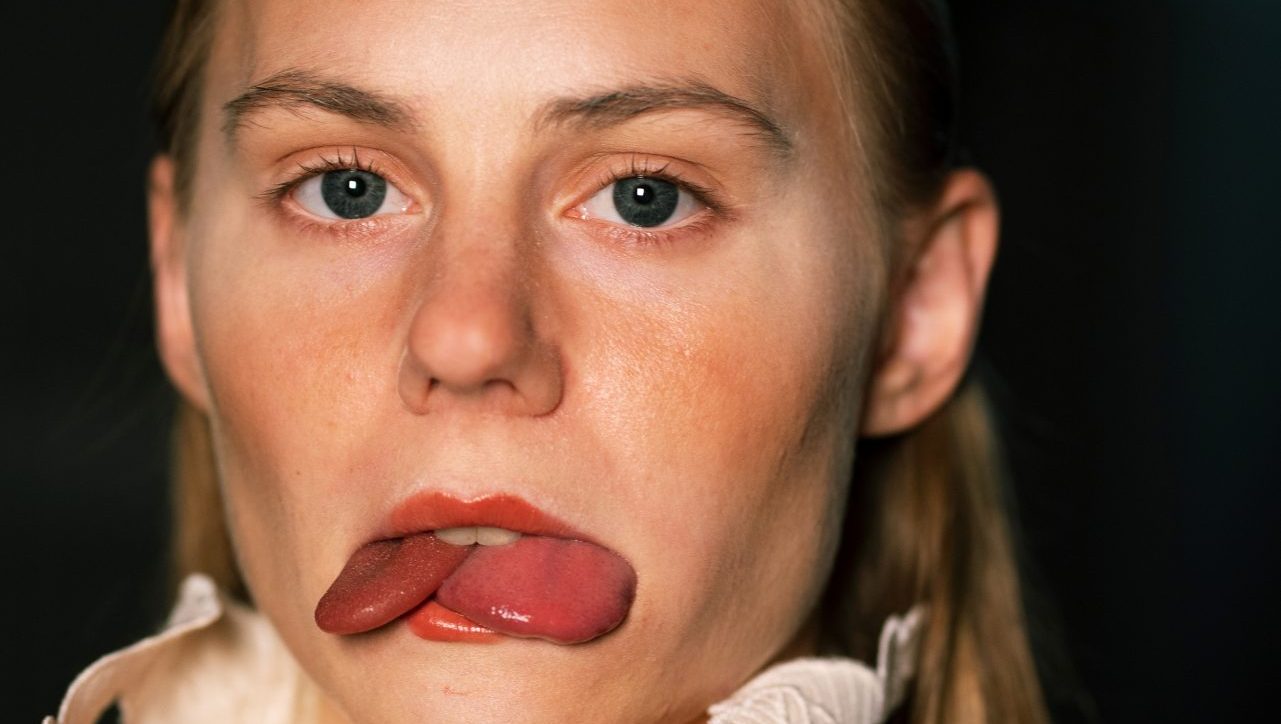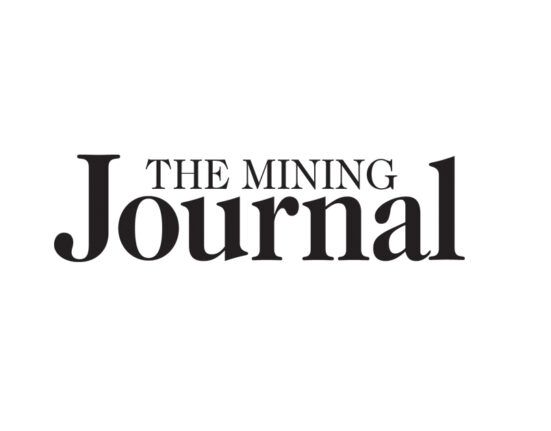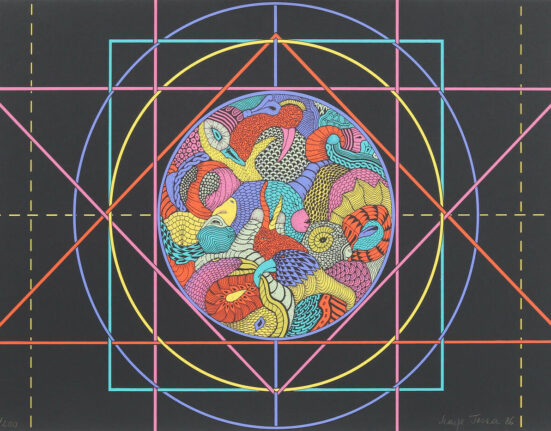The stakes for Amsterdam Art Week seem bigger than usual in this, its 12th year. When the event opens on May 29, it will be against the backdrop of a new right wing coalition government in the Netherlands, one brokered by a man who has spoken of ending state subsidies for culture altogether, as well as slashing funding to the public broadcasters who give the arts much-needed publicity.
Geert Wilders, whose Party for Freedom (PVV) won a quarter of the seats in last year’s general election and is the coalition’s lead partner, is unlikely to get his wish in full this time. He is viewed as so extreme that he has not even been able to become prime minister.
Yet with the Netherlands already under severe financial pressure and now having had to close down the Groningen gas fields because of fears of earthquakes, the new government will be looking for ways to fund its policies on tightening borders. What they come up with is unlikely to be rewarding for Dutch arts and culture.
No wonder then that Art Week’s director Martina Halsema has been talking up a mini-symposium which explores how “individual artists sustain their economic and artistic viability when confronted with shifting political priorities, funding cuts but also geopolitical developments.” She explained: “Like many countries in Europe we are moving to the right. It also means that we are moving away from the arts.”
It is in this sombre but defiant atmosphere that more than 300 artists will gather at around 70 locations across a famously vibrant city. With a packed programme of more than 80 events, exhibitions, open studios and family activities, it’s a major occasion, offering visitors of all stripes a “compass to the contemporary art world”.
Probably off limits for family audiences, but surely a must-see for everyone else, one-woman punk band Stina Force, aka Swedish performance artist and choreographer Stina Fors, presents her eye-catching new piece A Mouthful of Tongues as part of A Strange Night on May 31 at ISOAmsterdam. The promo pics by photographer Franzi Kreis suggest that this purveyor of “grotesque monologues” may have excelled herself with a show that claims to “defy the laws of nature”.
Halsema says that experimental art by emerging artists is key to the festival’s special energy, with the various artists’ residencies on offer in the city – and a major attraction during Art Week – a year-round magnet for emerging artists. Blue-chip galleries are a rare species in the city, its artistic ecosystem geared not to established names, but to nurturing early career artists.
But while the residencies are all about new ideas and discoveries, the city’s weighty cultural heritage provides a constant backdrop, with the residency programme offered by the prestigious Rijksakademie van Beeldende Kunsten (State Academy of Fine Arts) the bedrock of its art scene.
The Rijksakademie’s highly sought-after two-year residencies are open to around 50 artists at the beginning of their professional practice, and the annual Rijksakademie Open Studios have long attracted an international audience of art professionals keen to keep track of the best new talent. All this may soon be under threat as the new government considers its options.
But Art Week has faced challenges before. Halsema says that when it was launched in 2011, it was an SOS mission. The decade-long closure of the Rijksmuseum, and uncertainties faced by the Stedelijk Museum for contemporary and modern and art design, and the De Appel contemporary art centre, both of which were without a site, had a deadening effect, a trend bucked by the Rijksakademie Open Studios, which continued to attract international visitors throughout.

Hoping to share its success with the city’s network of artists and institutions, the Rijksacademie joined forces with entrepreneurs Willem Sijthoff and Rob Defares, and gallerists Martin van Zomeren and Martin van Vreden to launch Amsterdam Art Week. Now visitors can explore several more artists’ studios, including De Ateliers, housed in the Stadhouderskade, the oldest art school building in the Netherlands. Much smaller than the Rijksakademie, De Ateliers has around 20 studio spaces and is “more of a subtle presence in the city, home to a lot of great artists,” says Halsema.
Founded in 2003, Upstream Gallery embodies the unique attractions of Amsterdam’s art scene, presenting contemporary art against the backdrop of the Poppenhuis, a 17th-century canal house. Daichi Takagi’s exhibition Wanderer, opening on May 30, is similarly wide ranging, featuring landscapes that combine futuristic fantasy with the traditions of European romanticism and Japanese Ukiyo-e.
There’s a similarly hallucinatory quality to Hannes Wallrafen’s photographs, which feature in a collaboration with photographer Kevin Wasepa, in an exhibition curated by De Mix Nederland and on show at CBK Zuidoost and on the square in front of Amsterdam Bijlmer ArenA railway station.
Titled M’a wak un rosea, m’a skucha un lus (Saw a Breath, Heard a Light), the exhibition is the 10th in a series of 12 by De Mix Nederland, in which an older photographer serves as inspiration for a younger Dutch photographer. Wallrafen (b.1951) began as a traditional documentary photographer, but by the late 1980s he had moved towards a more speculative approach, constructing rather than capturing images.
When he lost his sight 20 years ago he began working in sound, and the fragments he recorded in Curaçao in 2004 are the basis of Osepa’s project exploring sound, image, memory and history.
The Art Week programme highlights the work of smaller institutions, with plenty of opportunities to discover new corners of the city, on foot or by bike. The launch this year of a new Cultuurferry sounds like the most attractive option, a hop-on, hop off service along the historic canal belt, stopping at more than 30 easy-to-miss “hotspots”, including the Jewish Cultural Quarter and international photography museum FOAM.
In the spirit of community that is so characteristic of Amsterdam’s cultural sector, smaller venues share the limelight with the big hitters, with Marina Abramović at the Stedelijk Museum, Japanese sculptor Lee Ufan at the Rijksmuseum, and Manahahtáanung or New Amsterdam?, an exhibition at the Amsterdam Museum, exploring 400 years of history between the Netherlands and America.
It is an impressive line-up, and one that will hopefully become an insurance policy against challenging times for the arts in the Netherlands.
“With the political, social and international environment, now everything’s changing,” says Halsema. She is hoping to see and hear the rest of Europe in Amsterdam, learning “how can we get some tips and inspiration from countries around us… Poland, Hungary and Italy have been facing the same problems… so it’s very important to see how we can build a more resilient ecosystem.”
Amsterdam Art Week events run until June 2. More details at amsterdamart.com






